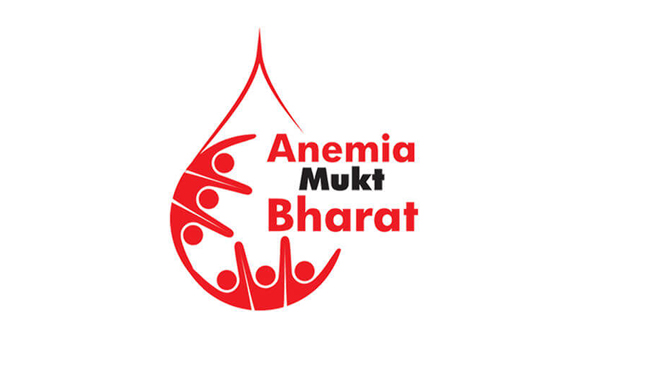
New Delhi, February 05, 2022.
In 2018, the Government of India launched the Anaemia Mukt Bharat (AMB) strategy with the target to reduce anaemia in the vulnerable age groups such as women, children and adolescents in life cycle approach providing preventive and curative mechanisms through a 6X6X6 strategy including six target beneficiaries, six interventions and six institutional mechanisms for all stakeholders to implement the strategy. Under AMB strategy, the interventions for tackling the problem of anaemia in all the States and UTs include:
The prevalence of anaemia among six groups as per the National Family Health Survey 5 (2019-21), is 25.0 percent in men (15-49 years) and 57.0 percent in women (15-49 years). 31.1 percent in adolescent boys (15-19 yrs), 59.1 percent in adolescent girls,52.2 percent in pregnant women (15-49 years) and 67.1percent in children (6-59 months).
Health is a State subject and the primary responsibility for strengthening health care services including implementation of national programs lies with the respective State/UT government. However, Government is taking steps to improve the condition of anaemia among all identified groups in all States/UTs. Ministry of Health and Family Welfare provides financial and technical support to States/UTs under NHM as proposed during annual Programme Implementation Plan. Covid-19 pandemic has also hampered AMB programme implementation contributing to anaemia prevalence among all the age groups